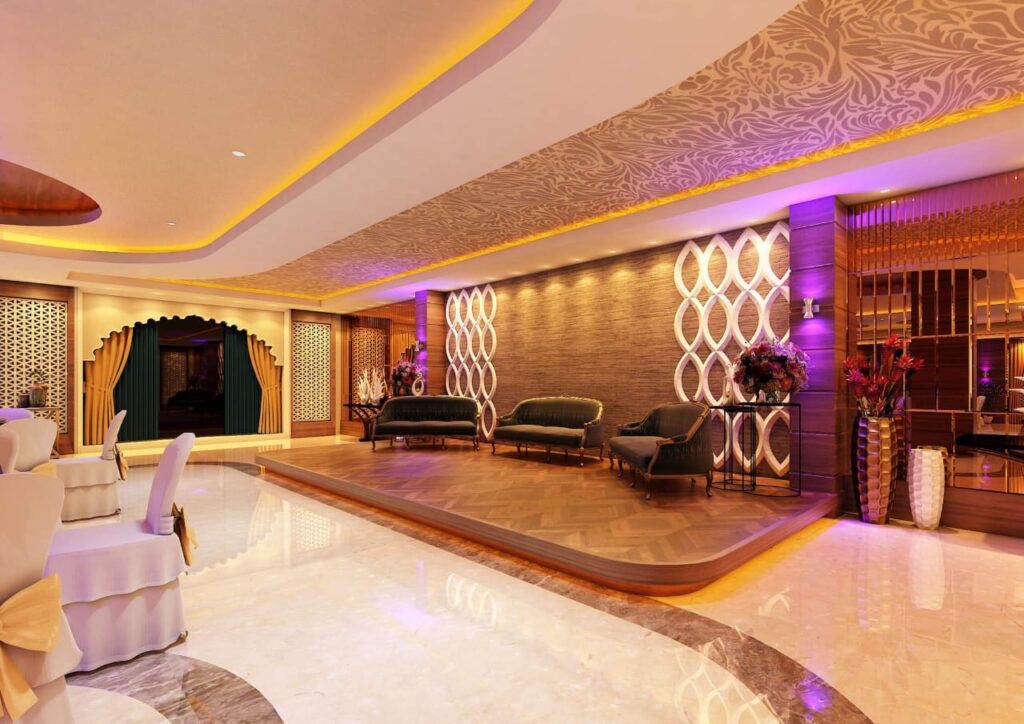
Planning a furniture layout for the best interior design involves several key steps. Here’s a guide to help you create a functional and aesthetically pleasing space:
1. Assess the Space
- Measure the Room: Measure the dimensions of the room, including walls, windows, doors, and any architectural features.
- Understand the Flow: Consider how people will move through the space. Ensure there are clear pathways and the layout doesn’t obstruct movement.
2. Define the Function
- Identify the Purpose: Determine the primary use of the room (e.g., living room, dining room, bedroom).
- List Activities: List the activities that will take place in the room to ensure the layout accommodates them.
3. Select Focal Points
- Choose a Focal Point: This could be a large window with a view, a piece of artwork, or a television.
- Arrange Around the Focal Point: Position the main furniture pieces to highlight the focal point.
4. Create Zones
- Divide the Space: For large or open-plan areas, create different zones for various activities (e.g., seating area, reading nook).
- Use Rugs and Furniture: Rugs, bookcases, or screens can help define different areas within a room.
5. Start with Big Pieces
- Place the Largest Pieces First: Begin with sofas, beds, dining tables, etc. Ensure they are proportionate to the room size.
- Consider Functionality: Make sure these pieces are practical and enhance the room’s usability.
6. Consider Balance and Symmetry
- Visual Balance: Distribute furniture evenly to avoid making one side of the room feel heavier.
- Symmetry: Symmetrical arrangements can create a formal, balanced look, while asymmetrical arrangements feel more casual and dynamic.
7. Think About Scale and Proportion
- Right Size Furniture: Choose furniture that fits the scale of the room. Avoid oversized pieces in small spaces and vice versa.
- Proportionate Groupings: Ensure that furniture groupings are proportionate to each other and the space they occupy.
8. Add Secondary Furniture and Accessories
- Secondary Pieces: Once the main furniture is placed, add secondary pieces like side tables, chairs, and storage units.
- Accessories: Incorporate decorative items such as lamps, plants, artwork, and pillows to add personality and warmth.
9. Ensure Comfort and Accessibility
- Comfort: Arrange furniture to allow comfortable seating and easy conversation.
- Accessibility: Ensure that commonly used items are easily reachable and pathways are unobstructed.
10. Experiment and Adjust
- Try Different Arrangements: Don’t be afraid to move furniture around to see what works best.
- Seek Feedback: Get a second opinion from someone else to gain a fresh perspective.
By following these steps, you can create a well-planned furniture layout that maximizes both function and style in your interior design.
Please feel free to contact us for interior projects
Call: 9835508859
Contact Form (संपर्क फॉर्म)


